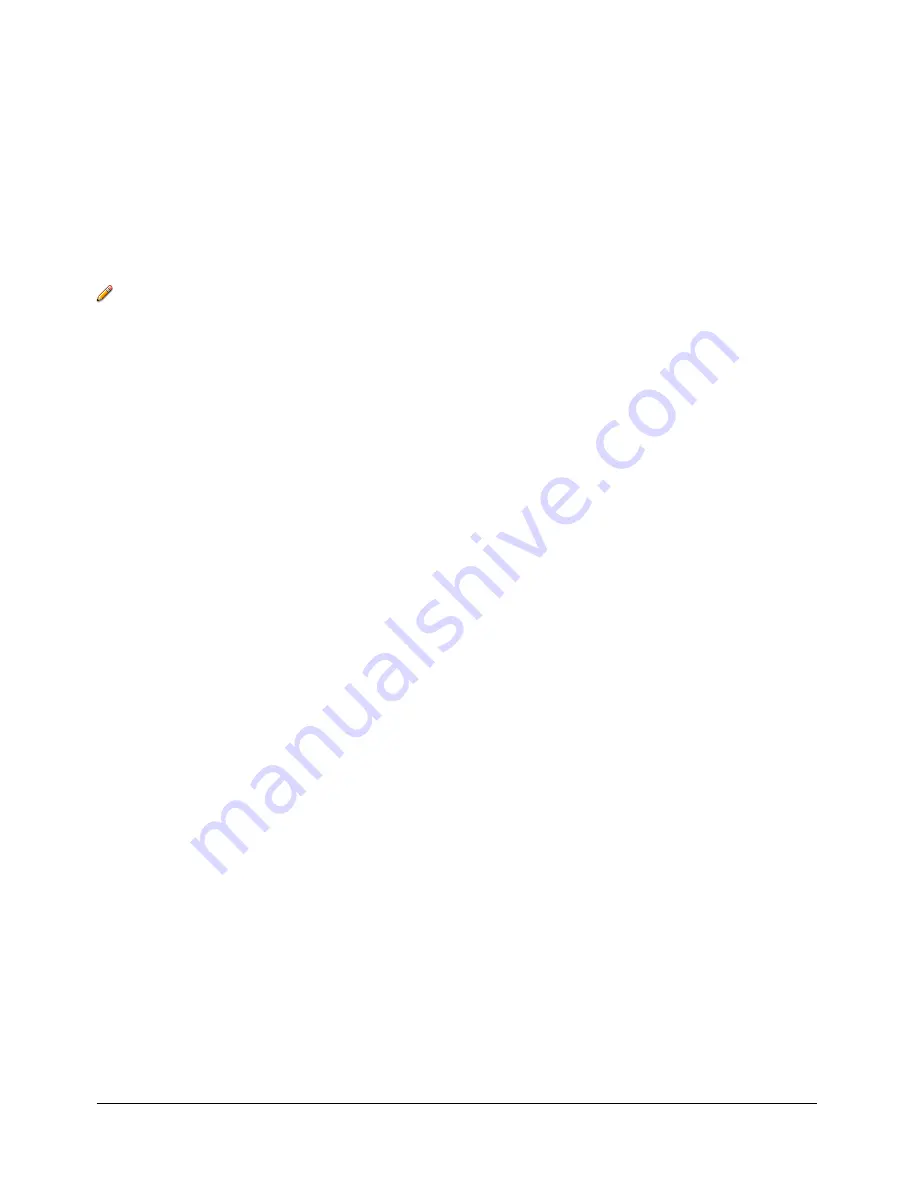
Take a tour of the user interface
15
Use tools to create Flash content
The white rectangular Stage area is where you can arrange objects as you wish them to appear in
your published file.
Note:
In Windows operating systems, you can open several documents at once and use document
tabs, above the Stage, to navigate between them.
The Tools panel, next to the Stage, offers a variety of controls that let you create text and vector
art. To learn more about Tools panel tools, select Help > How Do I > Basic Flash > Draw in Flash
and Help > How Do I > Basic Flash > Add Static, Input, and Dynamic Text.
1.
Click the Pencil tool in the Tools panel. Click the Stroke color box, in the Tools panel Colors
area, and select any color except white.
2.
Click and drag around the Stage, without releasing the mouse, to draw a line.
You’ve created Flash content. Your finished document will be much more impressive.
Undo actions
Flash can undo a series of changes to your document. You’ll undo the artwork that you
just created.
1.
To see the undo feature in action, first open the History panel (Window >
Other Panels > History).
The Pencil tool appears in the panel, because using the tool was your last action.
2.
Do one of the following:
■
Select Edit > Undo Pencil Tool.
■
Press Z (Windows) or Z (Macintosh).
Your scribbles disappear from the Stage. The History panel now shows a dimmed Pencil tool,
which indicates the undo action was executed.
Flash, by default, is set to undo 100 of your changes, in reverse order of execution. You can
change the default setting in Preferences. To change your preferences, see Setting Preferences
in Flash in the “Getting to Know the Workspace” chapter of
Getting Started with Flash
(Help >
Getting Started.
3.
To close the History panel, click the options menu in the upper right corner of the panel and
select Close Panel.
View the Timeline
Just above the Stage, you see the Timeline and layers. You can create and name layers, then add
content to frames on layers to organize how your Flash content plays as the playhead moves across
the frames.
Summary of Contents for FLASH MX 2004-LEARNING FLASH
Page 1: ...Learning Flash...
Page 8: ...8 Contents...
Page 34: ...34 Chapter 3 Write Scripts with ActionScript...
Page 54: ...54 Chapter 6 Create a User Interface with Layout Tools...
Page 62: ...62 Chapter 7 Draw in Flash...
Page 68: ...68 Chapter 8 Create Symbols and Instances...
Page 76: ...76 Chapter 9 Add Animation and Navigation to Buttons...
Page 104: ...104 Chapter 13 Add Interactivity with ActionScript...
Page 112: ...112 Chapter 14 Create a Form with Conditional Logic and Send Data...
Page 122: ...122 Chapter 15 Work with Objects and Classes Using ActionScript 2 0...
















































